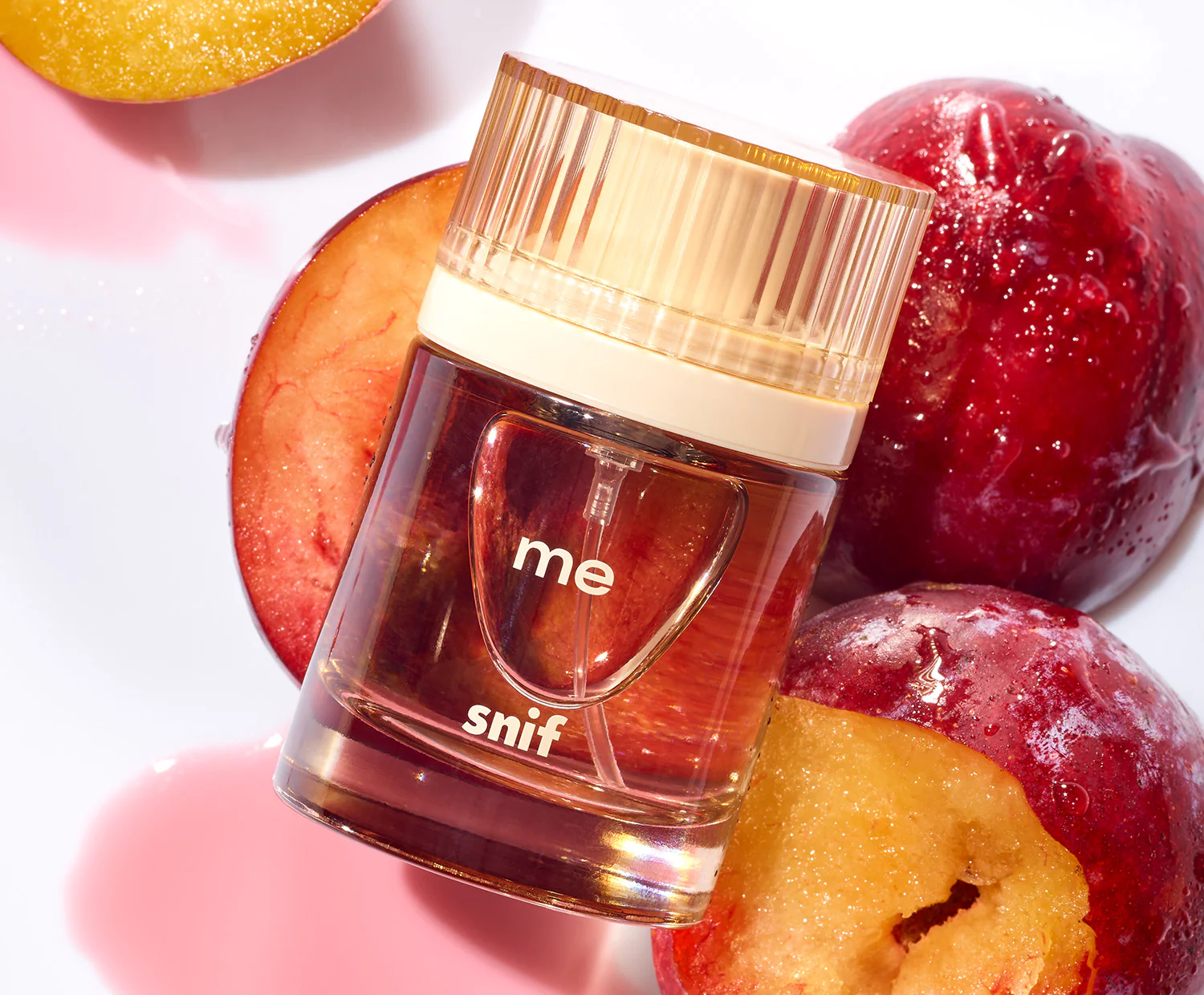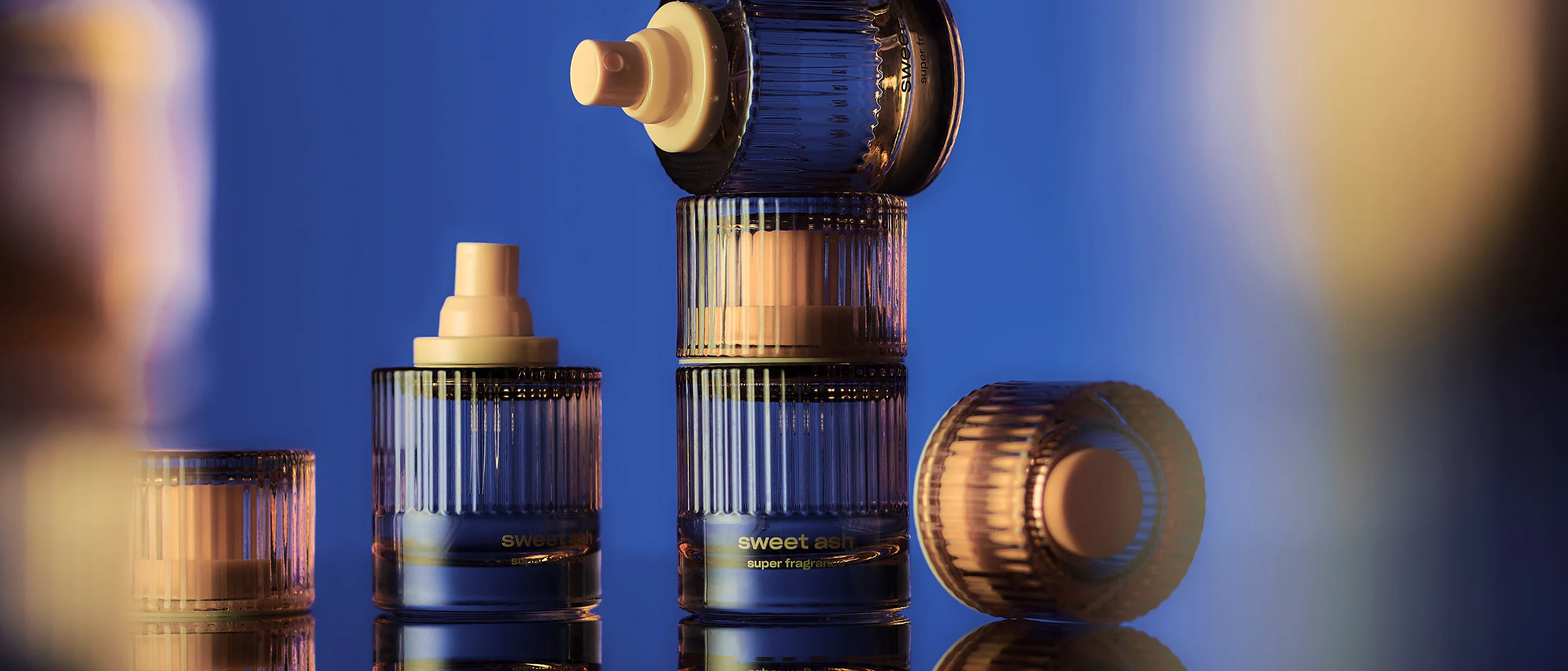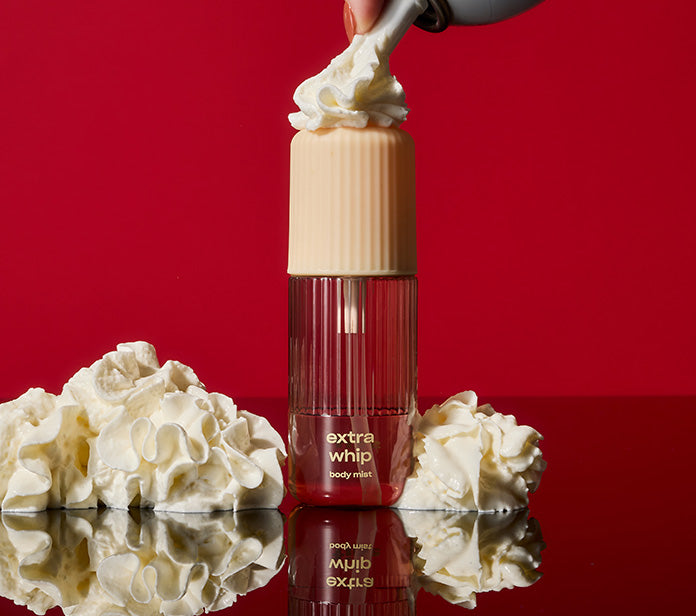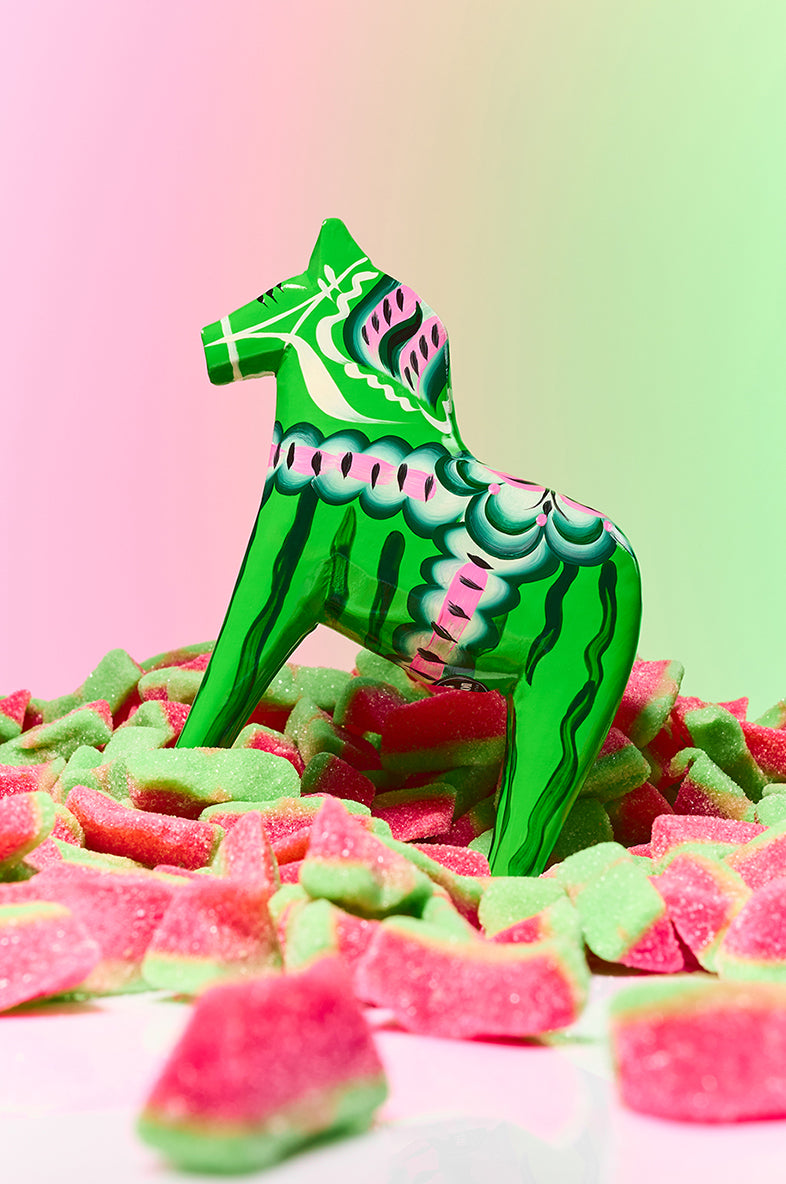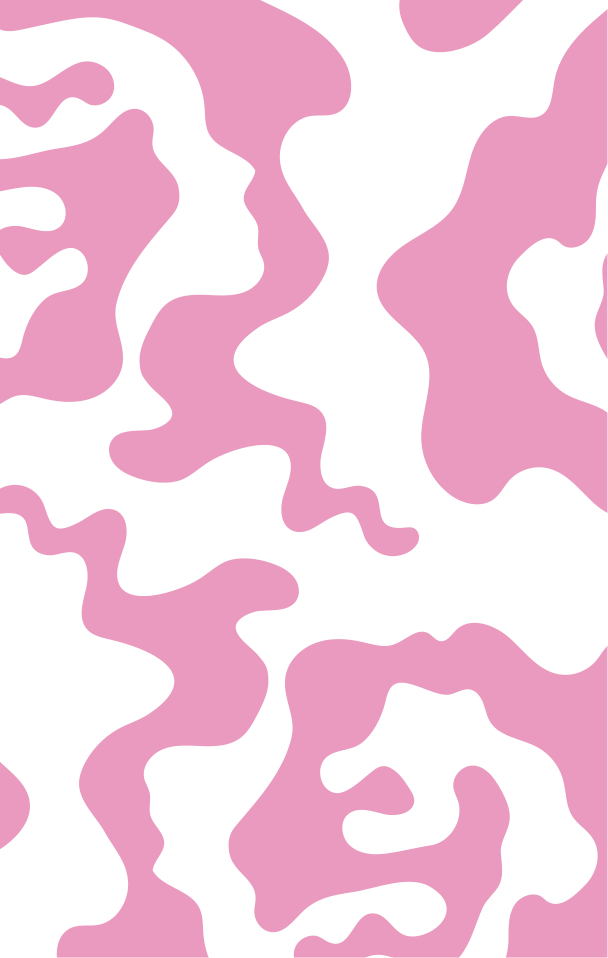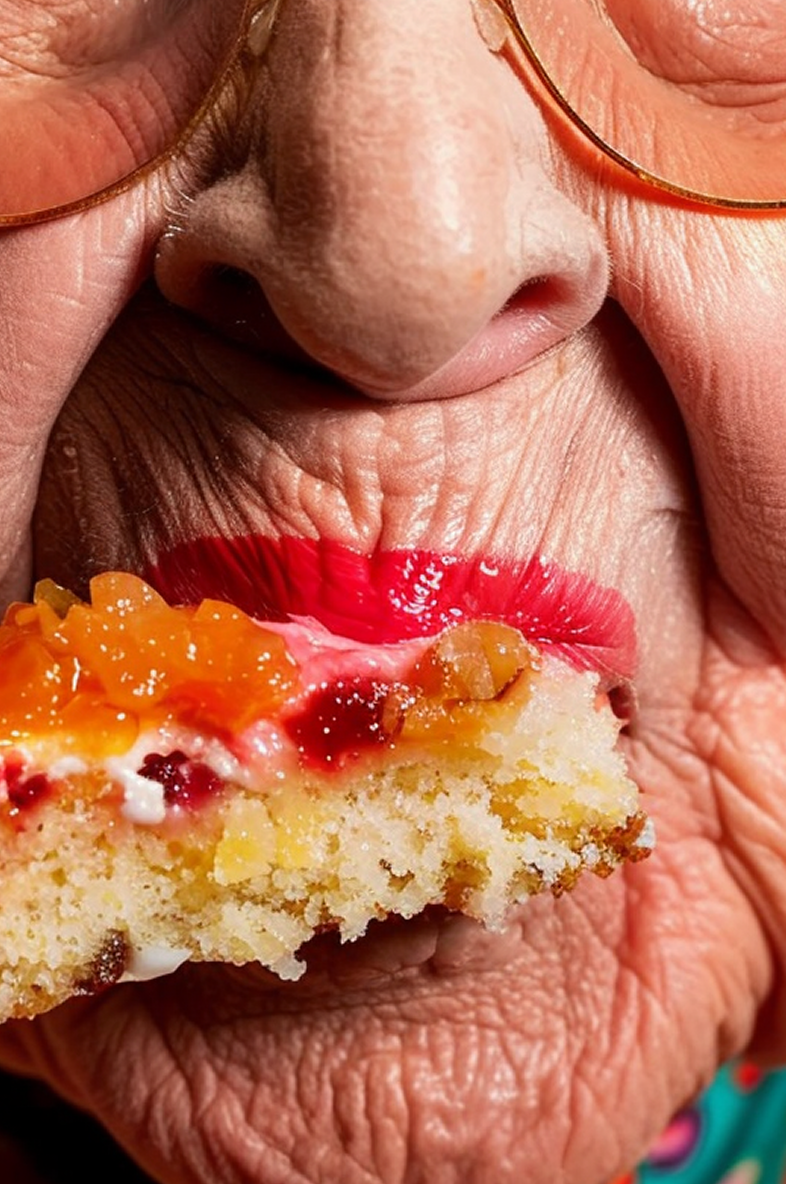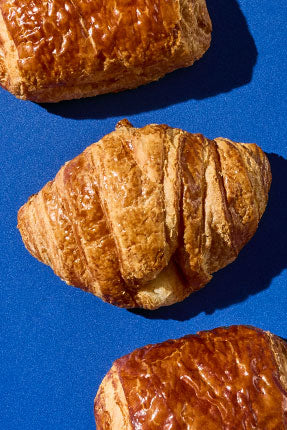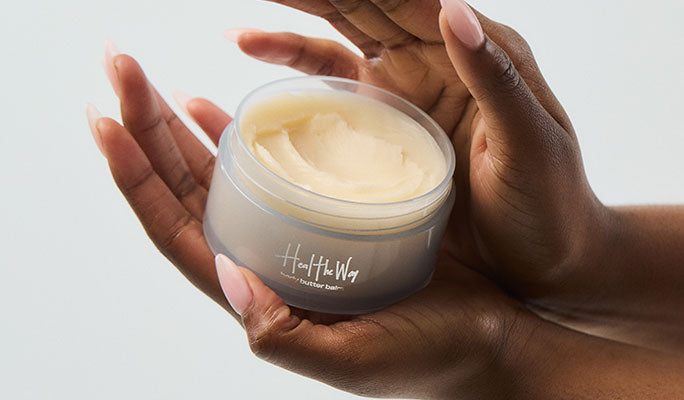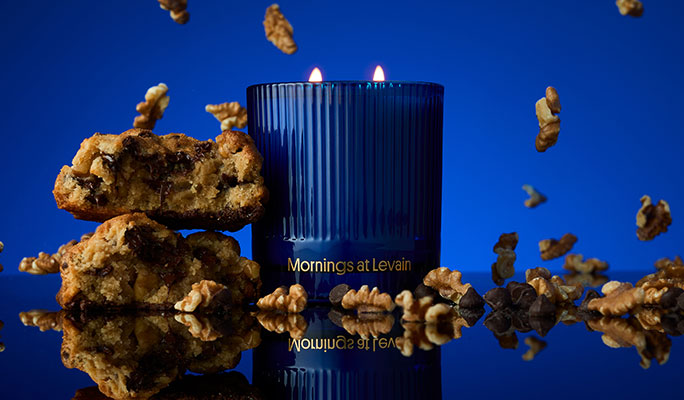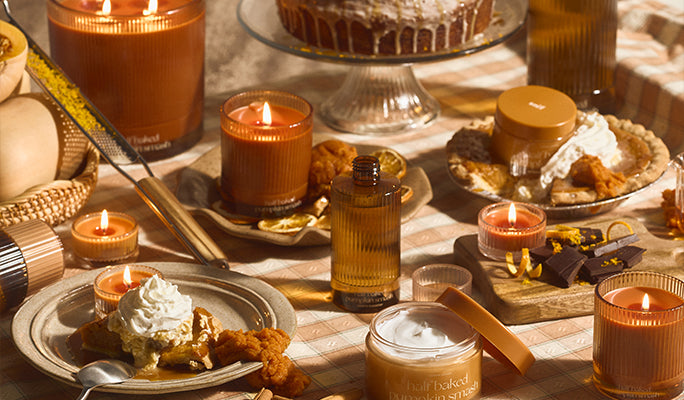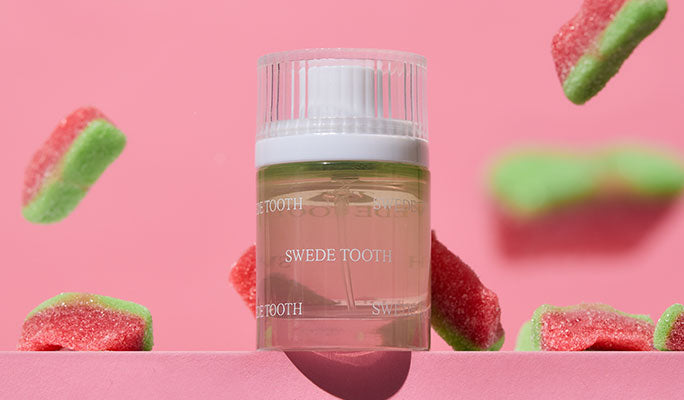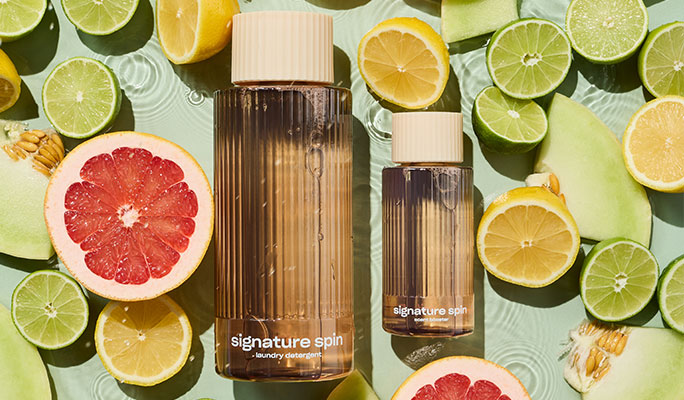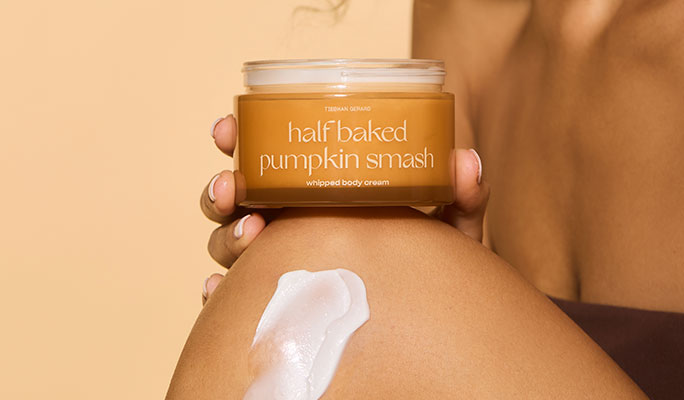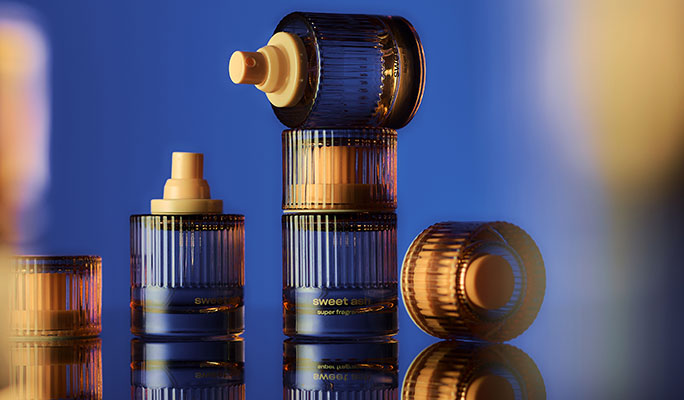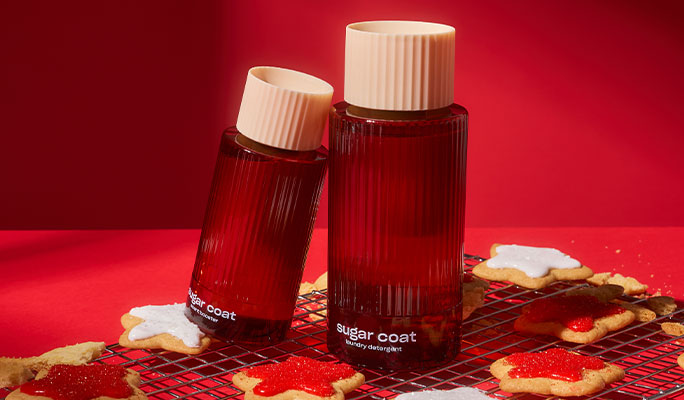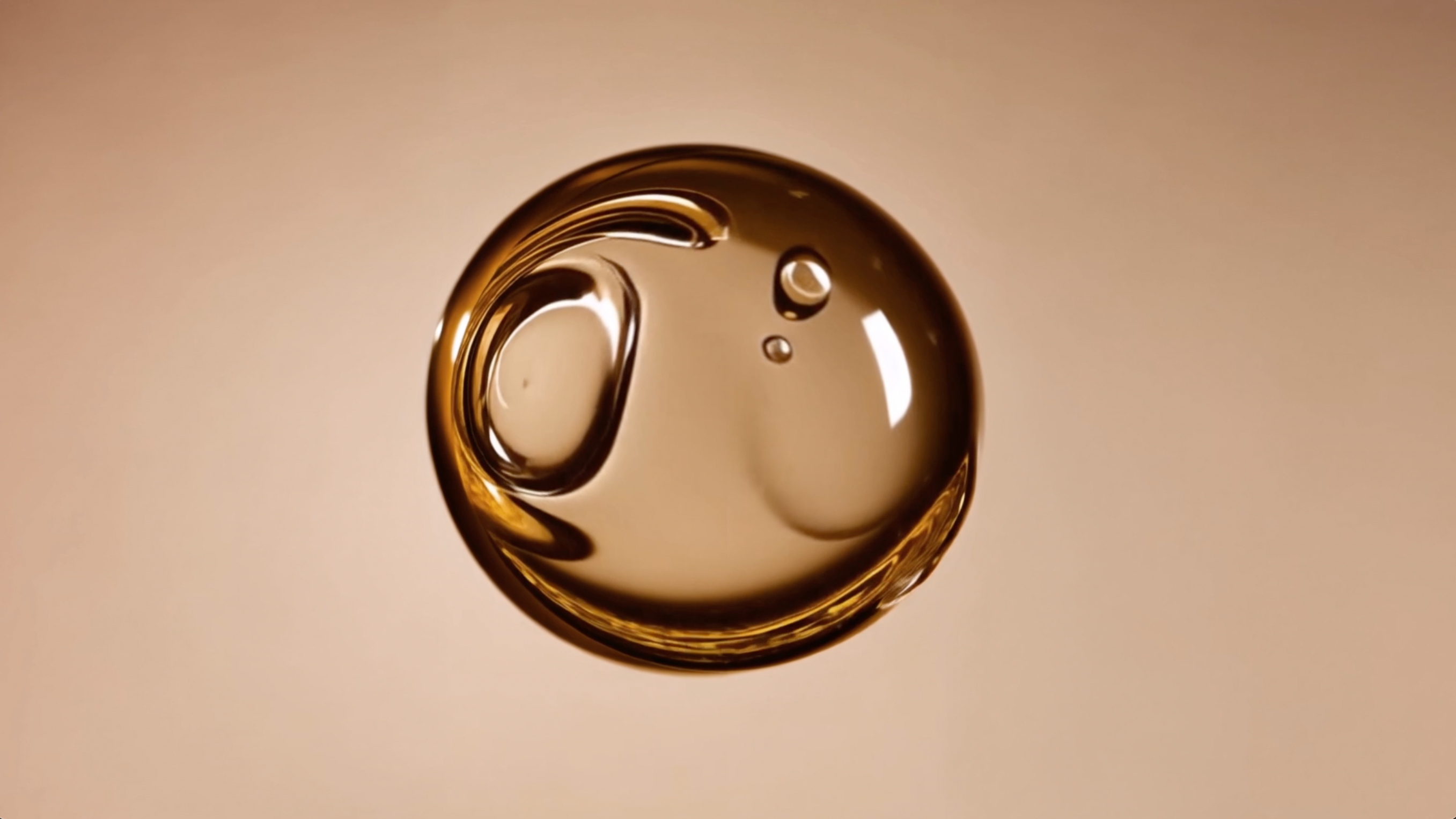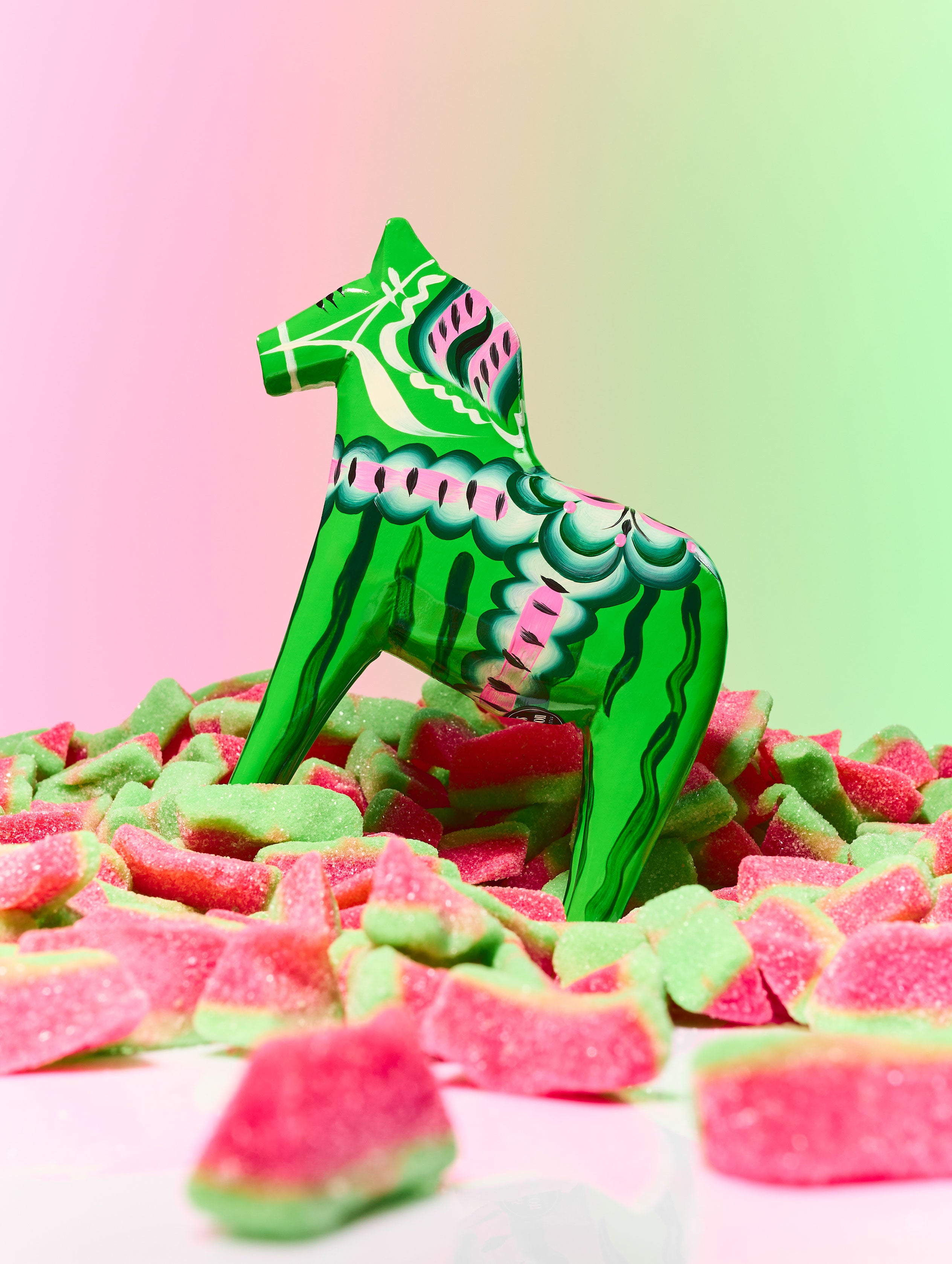At Snif, we want everyone to find a fragrance they love. Our mission is to make it fun and easy for you to discover the scent that makes you feel like you.
And most of all, we want to help you find that fragrance without dealing with that stuffy traditional language surrounding perfume — Eau de parfum (EDP)? Base notes? Top notes? No, thank you.
You’ll even see fragrance counters use outdated language like “woody oriental fragrances” in their products, which is zero help unless you spend 20 minutes on google trying to decode each word.
Let's be real, reading fragrance descriptions can feel like reading a foreign language that you didn't even study in high school. You’ll see terms like “eau fraiche,” “eau de cologne” (or “EDC”), and “eau de toilette”(or “EDT”) tossed around without any real description of the scent.
In this article, we're here to demystify what fragrance families like "floral" and "herbaceous" actually mean to help you find your fragrance fit.
Before jumping in, we also want to have a talk about the word “perfume”: At Snif, we believe that fragrance is for all. That's why we don't use words like “perfume oil” or “cologne” to actively describe our scents. However, we recognize it is our role to help educate and translate the fragrance world, so we'll occasionally reference these words in our blog posts!
“fruity” scents
If you’re at a fragrance counter (AKA, the places that always seem to speak that foreign language we mentioned above), then you might be directed toward the “Hesperides” family of scents. All that really means is fruity or citrus scents.
This type of scent tends to be bright and zesty, just like your favorite grapefruit cocktail or lemon pasta. To make fruity scents, usually, both the blossoms and fruit of citrus trees are used, which can take some of the tanginess of the pure fruit smell.
Although people usually associate fruitytypes of perfume with summer, we believe they can be crowd-pleasers all year round.
juniper
Juniper is a berry that comes from a small shrub in the cypress family. If you’ve ever smelled gin, then you’ve smelled juniper! Juniper is especially crisp and sweet. Usually, juniper is mixed with either citrus oil or woody oil.
If you’re looking for a juniper scent that goes from inviting to addictive in a New York minute, Sweet Ash blends moss, woods, bergamot, fir balsam, and of course, juniper for a low-key sweet and silky blend.
apricot
Apricots might be your favorite fruit or cobbler filling, but did you know apricot essential oil can make a delightful addition to a fragrance? When used in a scent, apricot gives the fragrance a sweet, lush smell. Unlike bright citrus, the smell of apricot doesn’t have the same tang and is sweeter.
For your apricot fix, look no further than Natural Talent. Apricot, clementine, and iris mix with cashmere wood and suede to create charisma in a spritz-able bottle.
cherry
When you think of cherry you might automatically think of Cherry Coke or the toppings on your favorite sundae — but this scent takes it to a whole new level.
If you’re a fan of all things cherry, we have a great addition to your lineup — and it’s called Tart Deco. Featuring black cherry, raspberry, rose, jasmine, mimosa, birchwood, vetiver, and vanilla, this cherry scent knows how to be juicy, playful, and sensual all at the same time.
fresh scents
Sometimes, you want your fragrance to feel fresh and clean. If you’re a fan of the finer (and fresher) things, these types of fragrances could be the perfect fit.
jasmine
Natural Talent combines jasmine, apricot, soft suede, osmanthus flower, clementine, sandalwood, and cistus. The result is an earthy, fresh scent that you can wear on repeat.
neroli
Neroli is a scent that brings together florals and citrus notes, a combination that makes it one of the freshest-smelling ingredients in all of perfumery. You can find neroli in Vow Factor, a fig scent, andCitrus Circus, a citrus fragrance that’s sure to please.
citrus scents
Citrus scents have a special ability to make us feel energized, refreshed, and ready to take on the day, so it’s no surprise they made it onto our list.
bright citrus
Bright citrus refers to all the citrus scents (or, as the traditional fragrance world might call them, citrus notes) that you might associate with some of your favorite juices. We’re talking lemon, orange, and grapefruit, as well as some less commonly known fruits such as neroli and petitgrain. Bright citrus scents tend to be really bright, which makes for fragrant and lively scents like our Strawberry Moon collab.
Strawberry Moon uses jasmine, sun-tanned leather, and bright citrus to bring Miami vibes wherever you go from sunrise to well after sunset.
bergamot
You might be more familiar with bergamot than you think. If you’ve ever had Earl Grey tea, then you’ve smelled bergamot! Earl Grey tea is made from black tea and bergamot citrus extract.
Often referred to as the “prince of citrus,” bergamot has a sunny, refreshing scent. It’s similar to the smell of lime but is a little bit more floral. The bergamot fruit is a cross between a lemon and bitter orange.
herbaceous and earthy scents
Although it might seem pretentious, the term herbaceous simply refers to any scent that’s derived from a herb. These types of fragrances tend to be light and very fresh smelling. Think of a bunch of fresh basil from your garden or a sprig of lavender, and you’ll be on the right track.
Earthy scents tend to be woodier and are often described as warm and rich like the trees from which they are made. Within the earthy scents, you can find mossy woods, which tend to be a bit sweeter, and dry woods, which can smell leathery and smoky. You might also see green fragrances, which are brighter leafy scents like crisp grass.
Just like how perfume is typically gendered as female, earthy scents like patchouli or cardamom are usually branded as cologne or used in aftershaves and considered more masculine. At Snif, we’re dedicated to bringing you long-lasting, feel-good scents without the gendered branding that the scent industry usually reeks of.
vetiver
Before we get to what vetiver smells like, let’s take a close look at what exactly it is. Vetiver is a bunchgrass that’s native to India and Southeast Asia. It’s similar to other tall grasses such as citronella and lemongrass but has a very unique smell.
Vetiver smells like dry, warm grass. Think about what your lawn smells like in mid-July, and you’ll get a good idea of what we’re talking about. Unlike lemongrass, vetiver has a strong, earthy, and woody scent.
Our fan-favorite fragrance Way With Woods gives us that woodsy scent we’re after day or night with vetiver, amber woods, sandalwood, white tea, mandarin, and musk. And speaking of musk …
musk
There’s a lot of confusion surrounding the smell of musk, and we get it! Musk has a very subtle, powdery smell. Although the smell of musk isn’t incredibly strong, it’s often used to balance out other scents in a fragrance.
There are many different kinds of musk but given how subtle their scent is, the differences between each musk are often hard to differentiate.
woody scents
Couch potatoes and adventurers alike can enjoy the easy, breezy appeal of woody scents. This category of fragrances brings you all the best elements of nature in a bottle.
sandalwood and cedarwood
Both sandalwood and cedarwood are popular essential oils derived from the wood of trees. They’re both warm and, as you might have guessed, woodsy. In aromatherapy, both are considered calming and grounding scents.
Sandalwood smells sweeter and brighter than other woody fragrances. It also has a distinctly creamy smell which differentiates it from other scents in the earthy family. Cedarwood, on the other hand, has a soft smell that’s cooling but not quite as sharp as pine.
Amber and sandalwood combine in our warm and mysterious Show Pony, a blend of black tea and dark resins that prepares you to hold court at the bar, bourbon in hand.
floral scents
Arguably the most popular and diverse group of scents are the floral scents. Essentially, any scent that smells flowery and sweet is a floral scent (or a “floral note”). Given that there are so many flower-based oils available, there are an almost endless amount of floral scents that can be made.
Just like woodsy scents are sometimes sold as “masculine,” floral fragrance notes are marketed as feminine — but we don’t buy it. All fragrances should be unisex and genderless — because the right perfume for you (or as we like to call it, fragrance) should be totally up to your nose.
ylang-ylang
Ylang-ylang is an essential oil that comes from a tropical tree native to many Asian countries. The tree, Cananga odorata, produces large, fragrant flowers, the petals of which are used to produce ylang-ylang.
Ylang-ylang fragrance oils have a complex scent. It’s both floral and sweet, so it smells both creamy and tangy. In aromatherapy, ylang-ylang is often used for relaxation and to reduce feelings of stress.
Ex on the Beach is the biggest personality of the group — woodsy, floral, and intoxicating with fig, ylang-ylang, orange blossom, jasmine, peony, and cedarwood.
jasmine
Jasmine is a classic floral scent. Unlike other floral scents, its fruity and sweet scent is also balanced by a slight musk, making it complex and rich. Given that jasmine is a more complicated scent, it is definitely a distinct fragrance, perfect for someone who is looking for a signature scent.
Honorable Mention is an instant classic with spiced black walnut, peach, jasmine tea, and lily of the valley. Make heads turn … and mouths water.
peony
Peony is an ideal fragrance for anyone who wants to have a foot in both the floral and fruity world. It smells kind of like the lovechild of roses and citrus. Because of this unique combination, peony has both a fresh and sweet smell.
gourmand scents
If you’ve ever loved something edible so much you almost wished you could wear it, we have good news for you — with gourmand scents, you can wear fragrances that feature edible notes from all of your favorite snacks.
Although they’re usually crafted to recreate the smell of your favorite pastries and sweets, gourmand fragrances can be fruity and citrusy, too.
vanilla
Arguably the most beloved gourmand scent is vanilla. Somehow rich and light at the same time, vanilla is one of the star ingredients in Crumb Couture. Specially formulated to capture the smell of a freshly baked pastry, this croissant fragrance blends croissant accord, wild berry jam, blackcurrant, toasted vanilla, tonka bean, and sandalwood.
chocolate
Another classic gourmand is everyone’s favorite edible vice: chocolate.
This decadent fragrance gets an elegant upgrade in House of 8. Featuring chocolate, sage, heliotrope, vanilla, iris, lavender flower, and sandalwood, House of 8 is a chocolate vanilla fragrance where rich, dark scents meet light florals in one luxurious scent.
tonka
With a smell that combines the scent of vanilla and almond, it’s no mystery why tonka is so often used in perfumery.
Sweet Ash, a delightfully woody but sweet scent, is one of those subtle fragrances that you’ll want to wear every day. With a blend of tonka, juniper, bergamot, fir balsam, vanilla bean, white moss, and patchouli, this is the fragrance that can transition from day to night with ease.
coconut
Coconut is one of those tropical, uplifting that can make it feel like summer in December.
Coco Shimmy, one of the newest fragrances from Snif, combines all of the best summer smells. Coconut, pineapple sunscreen, surf wax, sandalwood, and tonka bean make for an irresistible, sun-kissed coconut fragrance that bottles up all the best beachy vibes for you to enjoy all year long.
bread and pastries
Although they push the fragrance boundaries more than classic gourmand fragrances, the smell of fresh-baked bread and pastries is the basis of our final group of food-inspired scents.
For the real pizza lovers out there, Slice Society is a pizza fragrance that mixes black currant, basil, tomato sauce accord, iris, crust accord, and sandalwood. When paired with Soda Snob, you’ll have that delicious first bite-at-your-favorite-pizza-place feeling whenever you want.
your new favorite fragrance is here
Now that you know a little bit more about the spokes of that make-up the fragrance wheel, you might be wondering how you can find your new favorite fragrance. Lucky, at Snif, we offer the first ever completely virtual try before you buy experience so that you can make sure the luxury scent you chose is the one for you.
With our at-home trial program, you can select a single fragrance or a bundle of three fragrances. You’ll receive a full-size and sample size of each scent in your Snif Kit, so you can decide what works and what doesn’t. With our samples, it’s easy to trust your own darn nose and find a scent you love.
For the next 7 days, you’ll be able to move and groove in the scents you chose to see which is best for you. If there’s a scent you want to keep, you can go ahead and open the full-size fragrance. Any scents you want to return, you can, completely for free! Finding your new favorite fragrance has never been easier.
Sources:
Gender-Inclusive Language | UNC
Neroli Oil Overview, Benefits, Uses, Side Effects, and Precautions | Healthline
Aromatherapy: Do Essential Oils Really Work? | Johns Hopkins Medicine

